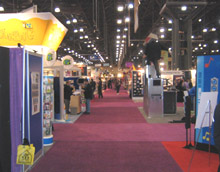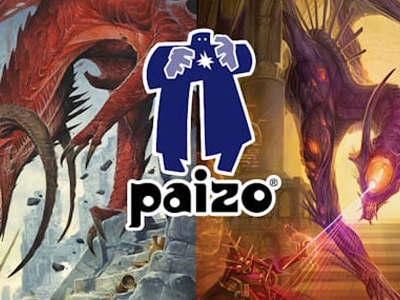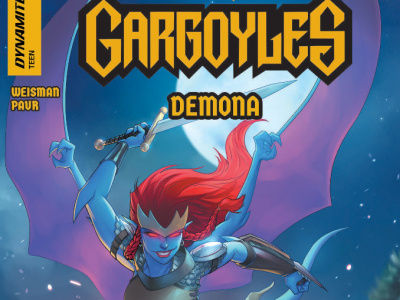
The keynote session on Sunday morning, in a room that holds over 3,000 people, had barely 150 present when the event kicked off (late) on Sunday morning at 9 a.m. The Javits exhibit floor was also relatively deserted when it opened at 10. Traffic seemed heavier there by mid-day and at the end of the day, there was a steady flow at the showrooms at the
NPD gave an overview of its toy industry analysis for 2005 at the keynote session, and those were enough to throw a chill into retailers that sell toys and games to older consumers. NPD Analyst Anita Frazer, who said that an increased sample size for its 'Funworld' consumer panels had given better visibility of sales through alternative channels, reported a 3.7% decline in the over-all toy and game category, to $21.3 billion last year. One of the hardest hit categories was games, with a 10% drop in sales, to $2.4 billion.
Even more troubling than the sales by category were the sales by age group. Older consumers, who have been strong supporters of the collectible toy and game categories, spent a lot less in 2005 across the board. Adult consumer dollars in the over-all toy category were down 15%, teen dollars were down 24%, and tween dollars were down 7%. Sales to younger consumers were up.
Two channels grew in share of the total category in 2005, with the rest down. The mass/discount channel was up 1-2%, and online sales were up 2.5%, driven by convenience, prices, and supported by increased broadband penetration.
26% of all sales of toy and game products were of licensed products, up from 24% in 2004. The properties showing the greatest growth for the year were Star Wars, Batman, and Dora the Explorer.
NPD also listed its top ten best-selling toys/games, of which only the Star Wars Basic Figure Assortment was of interest to most of our readers.
Trends that NPD is anticipating for 2006 include increased share for the mass/discount and online channels, although perhaps at a slower pace of growth; increased competition for time and wallet share from non-toy products; and more public noise on limiting screen time for kids as one way to cut childhood obesity. NPD also feels that its consumer data is telling it that nostalgia is not a trend (it's more a matter of a few successful product re-introductions), and that learning toys will remain hot (a possible source of opportunity for some types of game products).
The future of Toy Fair became a little more clear last week with the decision by the Toy Industry Association to keep the show in
As attendees, we're not that crazy about the whole showroom set-up, which requires commuting back and forth across town from the Javits to the toy buildings. But there isn't enough space in the Javits to accommodate the entire show, so it's likely that the showroom tradition will continue.








